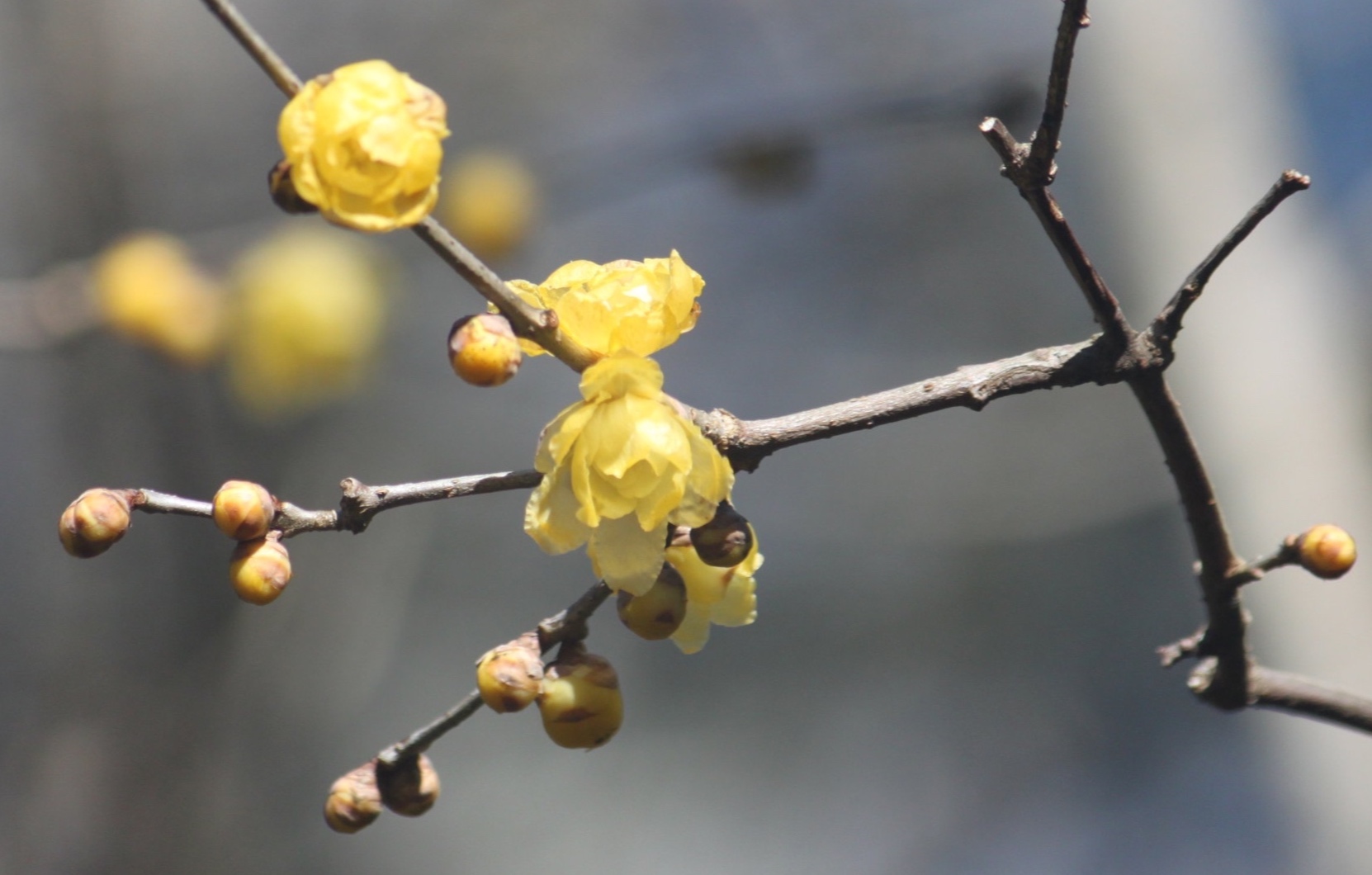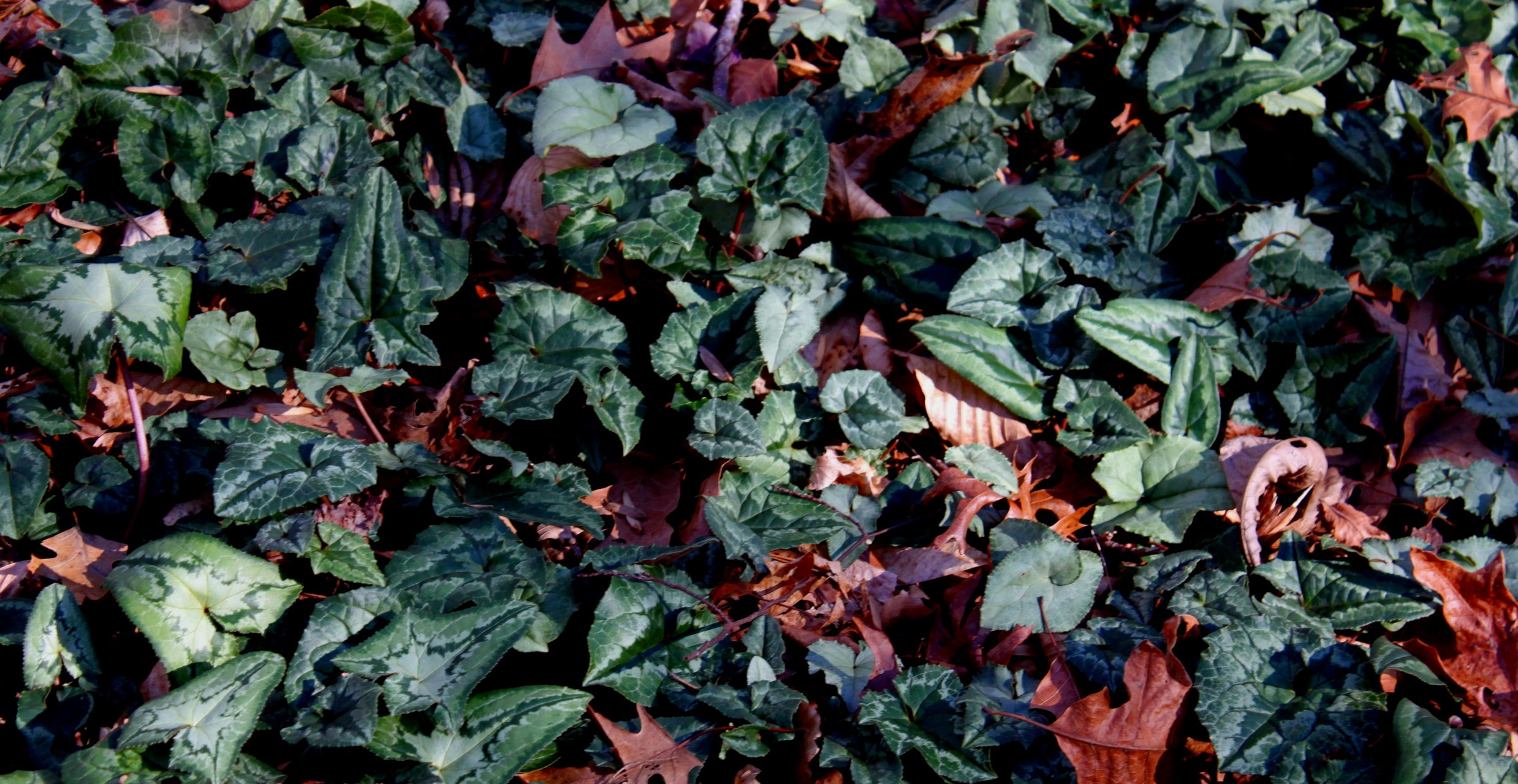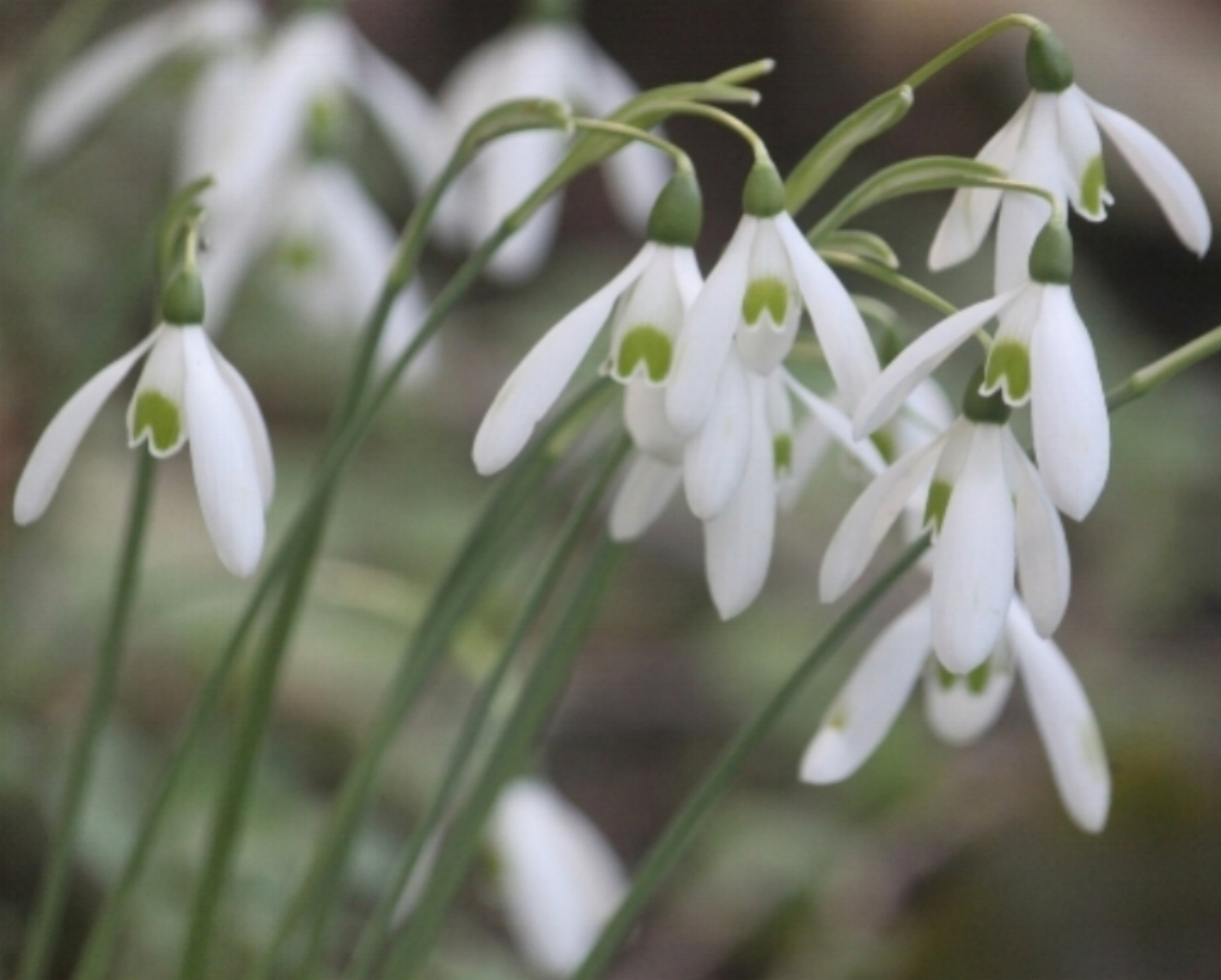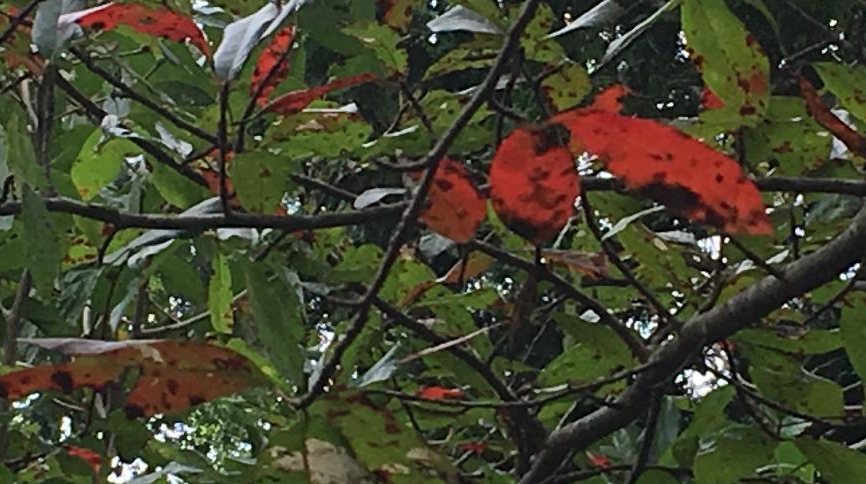Last week Gary and his brother, David, made the final cuts on the great White Oak and left about 10’ of the trunk standing. While standing in the bucket of a bucket truck they removed chunks of wood slowly and carefully and lowered each into a trailer. When they finished, they counted the rings and gave 162 as the final count. This process took a very long time and at the end we discovered we had a bucket with about 3’ of sawdust, the rock garden with about 8” at the base of the tree, and a light coating throughout the entire bed. Fearing death to many plants and a major impact on the garden itself, we decided to remove the sawdust if possible and began picking it up and putting it into containers. Realizing this job might last for months, Gary suggested vacuuming with a heavy-duty shop vacuum cleaner and we began the process this week. The top layer was relatively easy to remove but the lower, wet parts were harder so the current plan is to work slowly and remove the sawdust as each section dries between showers. When we finish, we will spread coffee grounds over the entire area to replace some of the nitrogen lost during the decay process and plant clematis which we hope will climb on the trunk along with the Schizophragma hydrangeoides ‘Moonlight’, and put a birdhouse on the top.
Now is the time to pollinate primulas so we went back to last year’s plantings along the new primrose path through the woods where, to our delight, we found healthy plants with lots of flowers. Each day we choose the best of our favorites, find a pin-eyed and thrum-eyed plant, transfer the pollen, then make a note of the location. Hand pollination is much more likely to give the result we want so we don’t miss an opportunity to increase our numbers.
We have had three successive frosty nights, and hope they will be the last of this season.































































